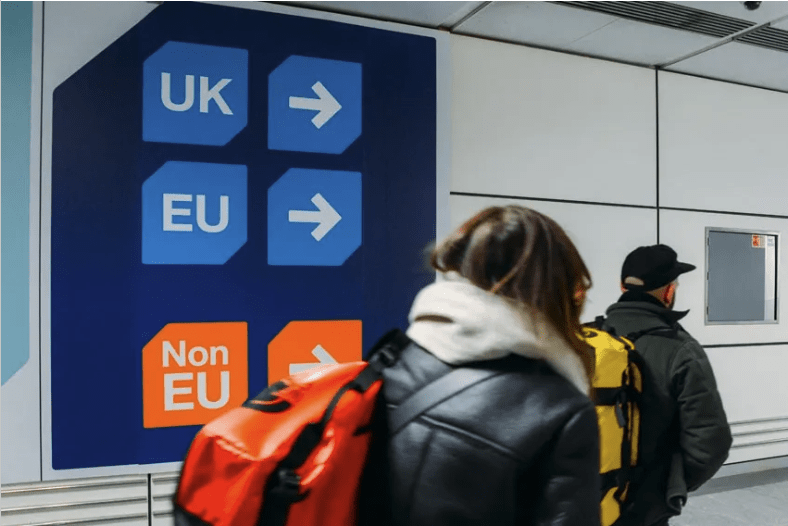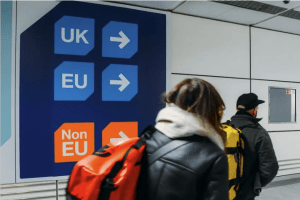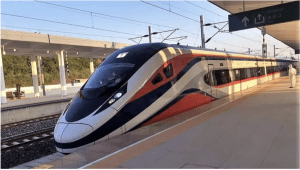The UK government and the EU have reached a new deal aimed at easing border crossings, which could soon allow UK passport holders to use e-gates in European countries. Prime Minister Keir Starmer stated that the agreement would “support British businesses, back British jobs, and put more money in people’s pockets.” One key measure includes enabling UK travelers to “use more e-gates in Europe,” potentially reducing the long queues at border control. However, access will ultimately depend on individual EU countries’ decisions, and the implementation is unlikely until the EU’s Entry-Exit System (EES) is launched later this year.
Since the UK left the EU five years ago, travelers have been unable to use EU passport lanes, leading to extended wait times at immigration checkpoints. Starmer described access to e-gates as the “first clear improvement” for many travelers.
Nick Thomas-Symonds, UK Minister for EU Relations, called the deal a “new chapter in our relationship with the EU,” emphasizing that negotiations aimed to make UK citizens safer, more secure, and more prosperous. He added, “Our new UK-EU Strategic Partnership achieves all three objectives. It supports jobs, reduces bills, and simplifies border processes.”
Travel associations have welcomed the move to expand UK travelers’ access to e-gates. Julia Lo Bue-Said, CEO of Advantage Travel Partnership, expressed that “today’s news marks a significant improvement for UK travelers,” noting that the long queues experienced since Brexit have been a source of frustration. Increasing access to e-gates across Europe will be very welcomed.
Clive Wratten, CEO of the Business Travel Association (BTA), called it a “positive step,” highlighting that it should help reduce “lost time” for business travelers. “Time is money, and long queues cost UK businesses,” he added, though he noted that it remains to be seen whether individual EU countries will follow suit in granting access.
Mark Tanzer, CEO of UK travel association ABTA, commented that the change should make travel easier by reducing queues and simplifying pre-trip procedures. He also pointed out the upcoming EU Entry-Exit System (EES) set for October 2025, emphasizing the importance of continued UK-EU cooperation to ensure a smooth transition.
An EU statement noted that both sides will keep working together on border management, including the potential use of e-gates where appropriate. It confirmed that EU citizens can already use e-gates in the UK, and there will be no legal barriers to UK nationals using e-gates in EU countries once the EES is in place.













